Tell me about your gardening zone...
adriennemb2
12 years ago
Related Stories

FALL GARDENINGWhat Monarch Butterflies Taught Me About Garden Design
Thinking like a butterfly leads to fresh perspectives in the garden and in life
Full Story
KITCHEN DESIGNHouzz Call: Tell Us About Your First Kitchen
Great or godforsaken? Ragtag or refined? We want to hear about your younger self’s cooking space
Full Story
FUN HOUZZHouzz Call: Tell Us About Your Dream House
Let your home fantasy loose — the sky's the limit, and we want to hear all about it
Full Story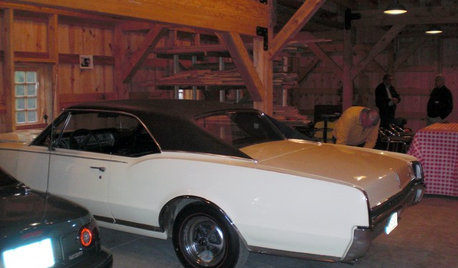
FEEL-GOOD HOMEGuys Tell Us About Their Favorite Places at Home
For Father’s Day, Houzz men show us the places in their homes where they like to hang out
Full Story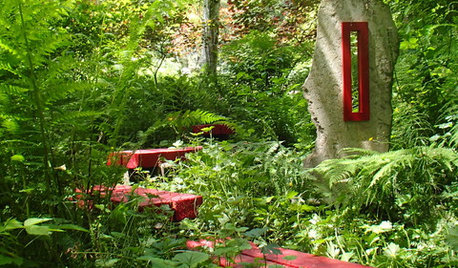
LANDSCAPE DESIGNCreate a Garden That Tells a Story
Take design cues from punctuation marks for a garden with order and intrigue
Full Story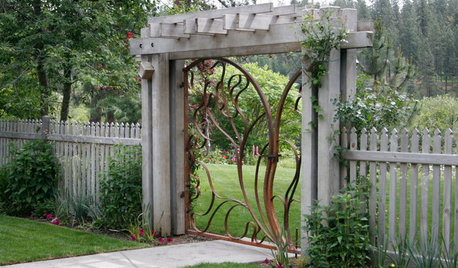
LANDSCAPE DESIGNThe Garden Gate: A Preface to the Story Your Garden Wants to Tell
Setting the tone for your garden starts with the right entry
Full Story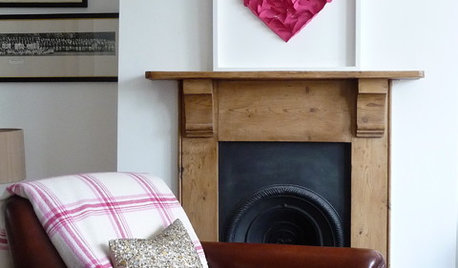
VALENTINE’S DAYTell Us: Why Did You Fall in Love With Your House?
What was it about your house that made your heart flutter? Share your photo, and it could make the Houzz homepage
Full Story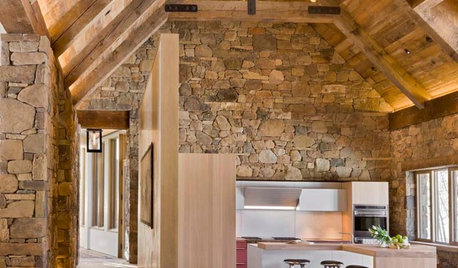
ARCHITECTUREDesign Workshop: Materials That Tell a Story
See how wood, concrete and stone convey ideas about history, personal taste and much more
Full Story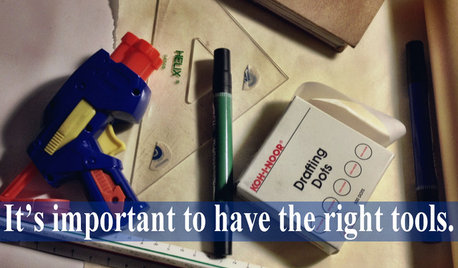
COFFEE WITH AN ARCHITECTWhat My Kids Have Taught Me About Working From Home
Candy and Legos aren't the only things certain small people have brought to my architecture business
Full Story
GARDENING GUIDESNew Ways to Think About All That Mulch in the Garden
Before you go making a mountain out of a mulch hill, learn the facts about what your plants and soil really want
Full Story





ianna
Calamity_J
Related Professionals
Carson Landscape Architects & Landscape Designers · Wilmington Landscape Contractors · Athens Landscape Contractors · Lyndhurst Landscape Contractors · Middletown Landscape Contractors · Mission Landscape Contractors · Morrisville Landscape Contractors · North Lauderdale Landscape Contractors · Peachtree City Landscape Contractors · Ponte Vedra Beach Landscape Contractors · Ramsey Landscape Contractors · Rio Linda Landscape Contractors · Norwood Roofing & Gutters · Winchester Siding & Exteriors · Tustin Siding & Exteriorslavender_lass
adriennemb2Original Author
louisianagal
organic_kitten
loisthegardener_nc7b
adriennemb2Original Author
luckygal
janroze
romando
adriennemb2Original Author
luckygal
greyandamy
flora2b
ljpother
Ginny McLean_Petite_Garden
Tiffany, purpleinopp Z8b Opp, AL
jakkom
girlgroupgirl